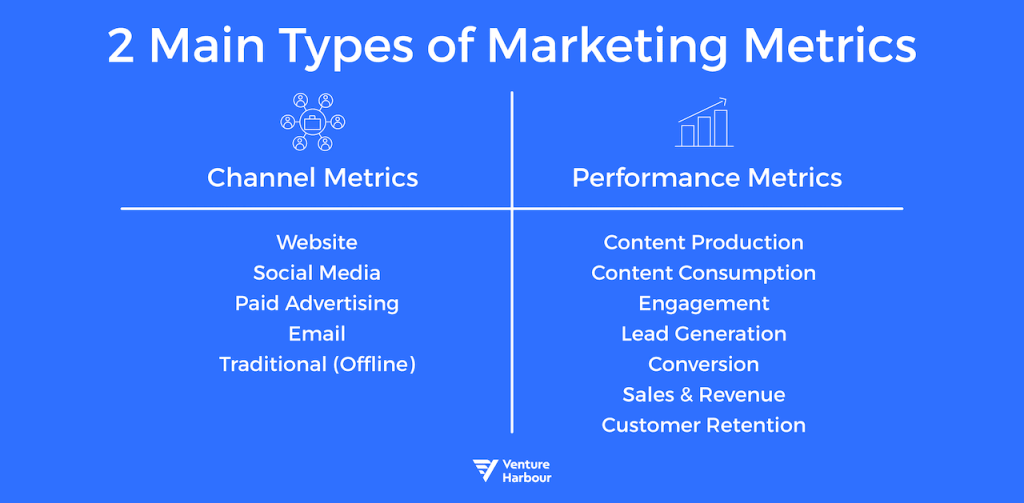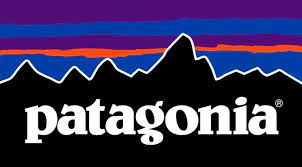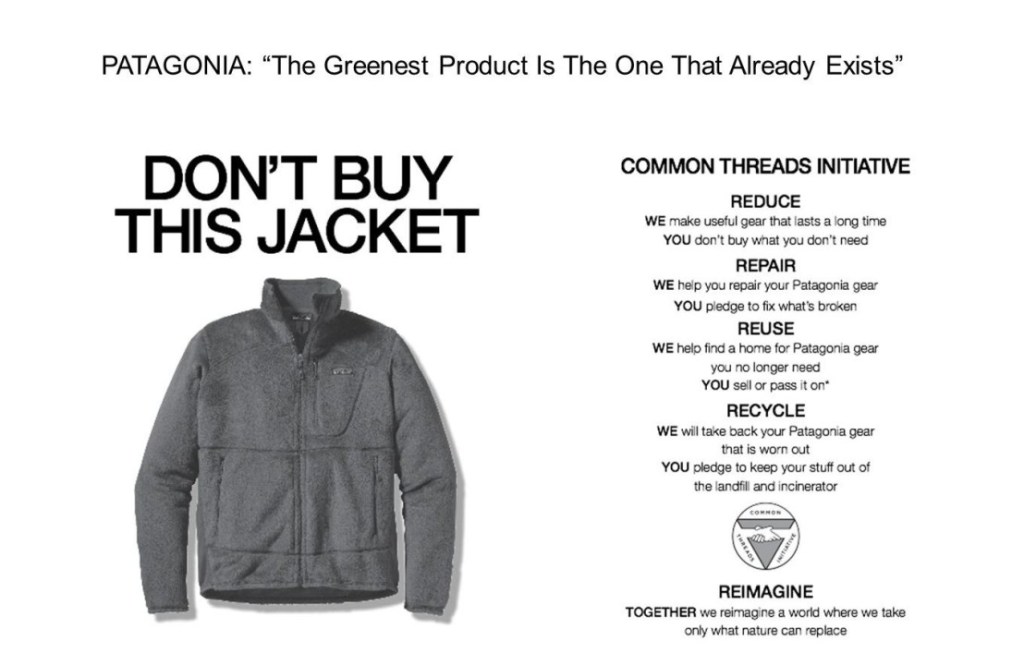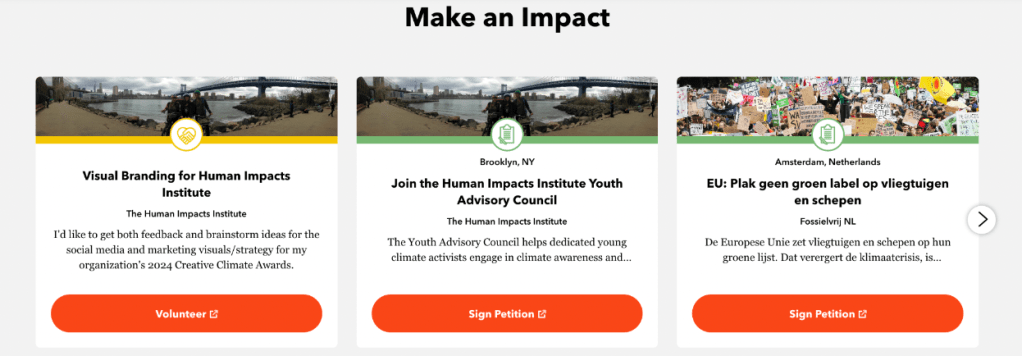In today’s business environment, there has been an increase in the number of businesses who have become Certified B-Corporations, or B-Corps, with over 6,000 companies worldwide being certified [1]. As defined on the B Labs website, the organization who oversees the certification process, B-Corps “are mission-driven companies that balance purpose and profit” [2]. These companies do not solely focus on the traditional bottom line, but rather, the triple bottom line, which focuses on how the organization impacts people, the planet, and the company’s profits.

With continued social justice movements and increasing environmental concerns, B-Corps play a unique role as they utilize the power of business to help solve problems that can not be solved by governments and NGOs alone [3]. To become a certified B-Corp, a company must achieve a passing score on the “B Impact Assessment” as well as file several legal documents and meet certain financial requirements [4]. Because of the level of intensity of the B-Corp certification process, Certified B-Corps can be regarded as for-profit companies that meet the highest standards for social and environmental performance, transparency, and accountability. B-Corps must also pass annual reviews to ensure that they are continuously meeting these standards [5].

So where do marketers come in?
In order for a B-Corp to be successful in fulfilling its specific social and environmental missions, they must also be successful in turning a profit. And in order to attract investors, customers, and other important partners, a B-Corp must have a strong marketing team to convey what differentiates their business from other for-profit competitors.

Challenges B-Corp Marketers Face
Marketing for a B-Corp is more than just putting the “Certified B-Corp” logo on a product’s packaging and advertising campaigns. Unlike other certifications such as Fair-Trade and Organic, B-Corp is something that is still unknown by a large part of the population [6]. In fact, a survey conducted in 2022 revealed that only one third of people in the U.S. and Canada knew what B-Corp branding meant [7]. Because of this lack of widespread awareness, marketers for B-Corp businesses not only need to market their specific company, but they also need to market the broader idea of what a B-Corp is.

To do this, many B-Corps provide an overview as to what a B-Corp is on their website. However, since packaging and advertisements have space and time constraints, most B-Corps focus on advertising their product or service and include the specific social or environmental mission that their product is working to benefit. For example, Ben & Jerry’s, a popular and successful B-Corp, includes the B-Corp certification logo on their ice cream containers, however, the majority of the free space on the packaging is filled with information on the cause that that specific flavor is supporting. Examples include the “One Sweet World” flavor in 2017 in which the container that the ice cream came in included information on the Poor People’s Campaign, as part of the proceeds for this flavor were going towards the organization to help continue to advocate for economic and racial equality [8].
Analyzing Marketing Metrics for B-Corps

Another challenge marketers for B-Corps face is in analyzing marketing metrics. Traditional metrics, such as the ones outlined in the image above, may not fully illustrate the impact that a B-corp is making, as not only can ROI apply to financial returns, but ROI for a B-Corp could include resources spent on social and environmental causes [9]. For example, many U.S. based B-Corps launch a campaign around election day encouraging people to register to vote, request their mail-in ballot, or head to the polls. Time and money would be invested in a campaign like this, with the main goal being the social mission of encouraging voter participation as opposed to driving a profit (although that could be an additional benefit should the campaign be received positively). However, the return on this investment may not be able to be discerned, as if the campaign is done on a national level, it would be very difficult to measure the possible growth in voters that one company’s campaign caused, as a high number of factors and similar campaigns could also cause a spike in voter participation. A company could measure metrics such as the social media likes of their related campaign posts, however, these numbers would most likely not reflect the actual number of people who voted.
Finding specific numerical results can sometimes pose a challenge when marketing a B-Corp to investors, as investors tend to focus on what the quantitative impact is that a company has on their social and environmental goals, along with the financial impact on the business itself. Because of this, B-Corps utilize other strategies when pitching to investors. For example, storytelling is a key skill for leaders in B-Corps, as sharing the emotion behind why a company makes the decisions that it does and how it has impacted specific people and groups allows the B-Corp to further be transparent with their audience [10]. Looking towards the future, B-Corps have also been shown to have a favorable growth profile when compared to other emerging, for-profit companies, which makes sense given the rise in consumers who are paying attention to the impacts made by the businesses that they shop at [11].
A Leader in the B-Corp Movement: Patagonia

One of the most popular B-Corps operating currently is Patagonia, an upscale outdoor clothing brand. Patagonia is known for prioritizing their environmental impact, and they have gained a loyal following due to their high quality and sustainable clothing. A common misconception surrounding B-Corps is that because they place either a higher or equal emphasis on their social and environmental returns as they do on their financial returns, they can not be as financially successful as for-profit companies. This is untrue, and Patagonia further proves this to be false, as the company is currently worth $3 billion and brings in roughly $100 million in revenue annually [12].
When identifying their target market, Patagonia chose environmentally-conscious consumers as a large avenue for growth for them [13]. Similar to the rise of the B-Corp movement, the idea of shopping sustainably continues to grow as environmental concerns continue to be brought to the forefront. Research has shown that there has been a significant rise in internet searches with the key words “reusable” and “eco-friendly”, and a 2023 survey concluded that over 90% of U.S consumers try to take some action to live more sustainably [14]. While this number is high and indicative of a very large possible market, it is up to sustainable brands such as Patagonia to make it easy for consumers to see their products as quality options. Looking at the brand from the consumer’s perspective is vital, so that any barriers to purchase are removed and that consumers will choose them over a variety of for-profit competitors who can sometimes undercut sustainable products on cost.

In looking at Patagonia’s marketing efforts, they have had several successful marketing campaigns go viral. For the past decade, Patagonia has done what has almost appeared to be “anti-marketing” as they have run advertising campaigns telling consumers to not buy their products using taglines such as “Don’t Buy This Jacket” [15]. The campaign launched in 2011, and showcased one of Patagonia’s most popular fleece jackets. The ads talked about the environmental cost of one of these jackets, and asked consumers to instead consider purchasing a used Patagonia jacket. This ad campaign garnered massive media attention, and ultimately proved to be successful at drawing in new consumers who were interested in supporting a sustainable business. The company saw its revenues grow by nearly 30% in 2012, followed by another 5% growth in 2013, and they ultimately hit $1 billion in sales in 2017 [16].

Patagonia has continued this style of ads, and in 2017, they introduced the ability to turn in used Patagonia merchandise that was in good condition for credit towards a new piece of Patagonia clothing. The used Patagonia clothing is washed, repaired, and sold on Patagonia’s “Worn Wear” website [17]. These options are typically priced lower than brand new Patagonia clothing which can be appealing to consumers on a tighter budget, and they also allow environmentally conscious consumers to buy the brand-name clothing in an even more sustainable way [18].

Patagonia takes their voice beyond just their products by donating to various environmental causes, participating in rallies to protect natural resources and landmarks, and providing resources for their consumers to take action. On the “Patagonia Action Works” page on their website, visitors can find current ways that they can use their own voice to support different causes. The page is updated regularly to reflect current needs and includes links to petitions, volunteer activities, and general information on what is currently happening [19]. Providing these resources to their consumers demonstrates their authenticity in their want to better the environment, and their presence at these events and on these documents ensures that they are seen by their target market of environmentally conscious individuals. However, arguably what is most important about Patagonia’s business strategy is the tangible impact that the company has on their social and environmental goals, as they remain a leader in the B-Corp movement.
Questions that a marketing manager would consider:
- What are some ways that a company could showcase their B-Corp Certification in addition to displaying the logo on the packaging?
- How could you measure the ROI on a social and/or environmental initiative from a B-Corp?
References
[1] B Lab. (2024). What’s Behind the B? B Lab United States and Canada. https://usca.bcorporation.net/about-b-corps/
[2] B Lab. (2024). What’s Behind the B? B Lab United States and Canada. https://usca.bcorporation.net/about-b-corps/
[3] B Lab. (2024). What’s Behind the B? B Lab United States and Canada. https://usca.bcorporation.net/about-b-corps/
[4] B Lab. (2024). What’s Behind the B? B Lab United States and Canada. https://usca.bcorporation.net/about-b-corps/
[5] B Lab. (2024). What’s Behind the B? B Lab United States and Canada. https://usca.bcorporation.net/about-b-corps/
[6] Colibri, Anna. (2017, Feb. 28). Profit With Purpose: Marketing for B Corps. Colibri Digital Marketing. https://colibridigitalmarketing.com/marketing-for-b-corps/
[7] Zhang, Megan. (2022, Dec. 15). This Discreet Label Is Popping Up on More and More Food and Drink Products. Saveur. https://www.saveur.com/culture/b-corporation-certification/
[8] Ben & Jerry’s. (2018, Feb. 22). 5 Ben & Jerry’s Flavors On a Mission. Ben & Jerry’s. https://www.benjerry.com/whats-new/2018/02/social-mission-flavors
[9] Emmerson, Shannon. (2023, Aug. 10). 5 Marketing Challenges that B Corps Face + How to Address them with Exceptional Content. Forge & Spark. https://forgeandspark.com/5-marketing-challenges-for-b-corps-and-how-to-address-them/#:~:text=Purpose%2Dled%20content%20marketing%20enables,their%20community%20around%20their%20mission.
[10] Emmerson, Shannon. (2023, Aug. 10). 5 Marketing Challenges that B Corps Face + How to Address them with Exceptional Content. Forge & Spark. https://forgeandspark.com/5-marketing-challenges-for-b-corps-and-how-to-address-them/#:~:text=Purpose%2Dled%20content%20marketing%20enables,their%20community%20around%20their%20mission.
[11] B Lab. (2024). What’s Behind the B? B Lab United States and Canada. https://usca.bcorporation.net/about-b-corps/
[12] Land, Gabby. (2023, Nov. 22). Op-Ed: Patagonia Proves the Success of Sustainable Corporations. Michigan Journal of Economics. https://sites.lsa.umich.edu/mje/2023/11/22/op-ed-patagonia-proves-the-success-of-sustainable-corporations/
[13] Land, Gabby. (2023, Nov. 22). Op-Ed: Patagonia Proves the Success of Sustainable Corporations. Michigan Journal of Economics. https://sites.lsa.umich.edu/mje/2023/11/22/op-ed-patagonia-proves-the-success-of-sustainable-corporations/
[14] Land, Gabby. (2023, Nov. 22). Op-Ed: Patagonia Proves the Success of Sustainable Corporations. Michigan Journal of Economics. https://sites.lsa.umich.edu/mje/2023/11/22/op-ed-patagonia-proves-the-success-of-sustainable-corporations/
[15] Thangavelu, Poonkulali. (2022, Dec 2). The Success of Patagonia’s Marketing Strategy. Investopedia. https://www.investopedia.com/articles/personal-finance/070715/success-patagonias-marketing-strategy.asp
[16] Thangavelu, Poonkulali. (2022, Dec 2). The Success of Patagonia’s Marketing Strategy. Investopedia. https://www.investopedia.com/articles/personal-finance/070715/success-patagonias-marketing-strategy.asp
[17] Thangavelu, Poonkulali. (2022, Dec 2). The Success of Patagonia’s Marketing Strategy. Investopedia. https://www.investopedia.com/articles/personal-finance/070715/success-patagonias-marketing-strategy.asp
[18] Patagonia. (2024). Worn Wear. Patagonia. https://wornwear.patagonia.com/
[19] Patagonia. (2024) Patagonia Action Works. Patagonia. https://www.patagonia.com/actionworks/campaigns/
Images
Image 1: https://www.huffpost.com/entry/people-using-business-as-a-force-for-good_b_57d58042e4b0eb9a57b7ad3c
Image 2: https://www.theproducemoms.com/what-is-a-certified-b-corporation/
Image 3: https://gusto.com/resources/articles/business-growth/b-corp-certification
Image 4: https://www.benjerry.com/whats-new/2018/02/social-mission-flavors
Image 5: https://www.ventureharbour.com/marketing-metrics/
Image 6: https://www.brandsoftheworld.com/logo/patagonia-1
Image 7: https://www.linkedin.com/pulse/dont-buy-jacket-neha-chouhan-cjw5f/

